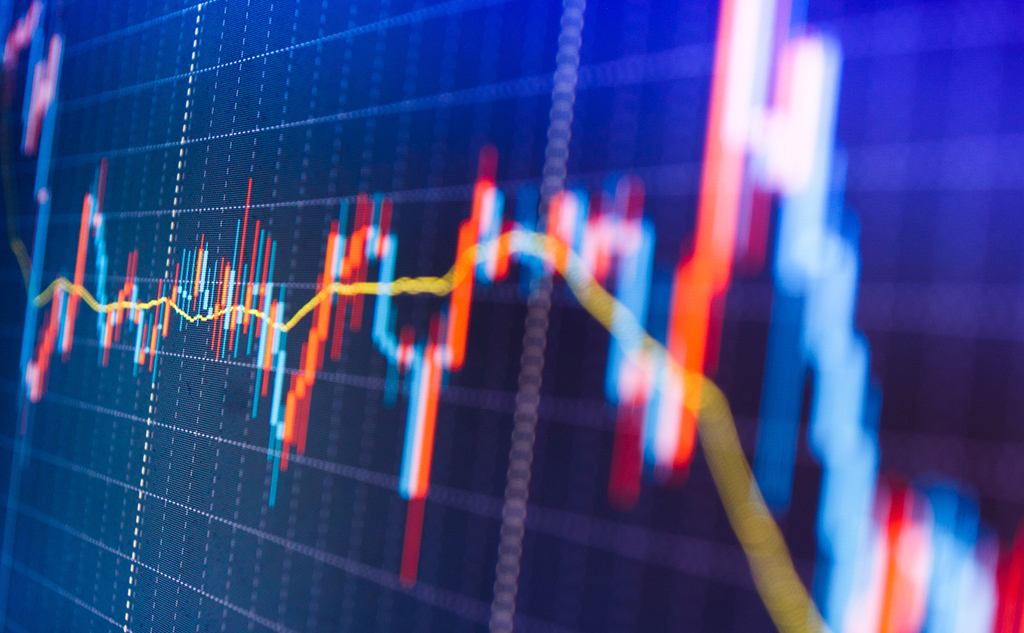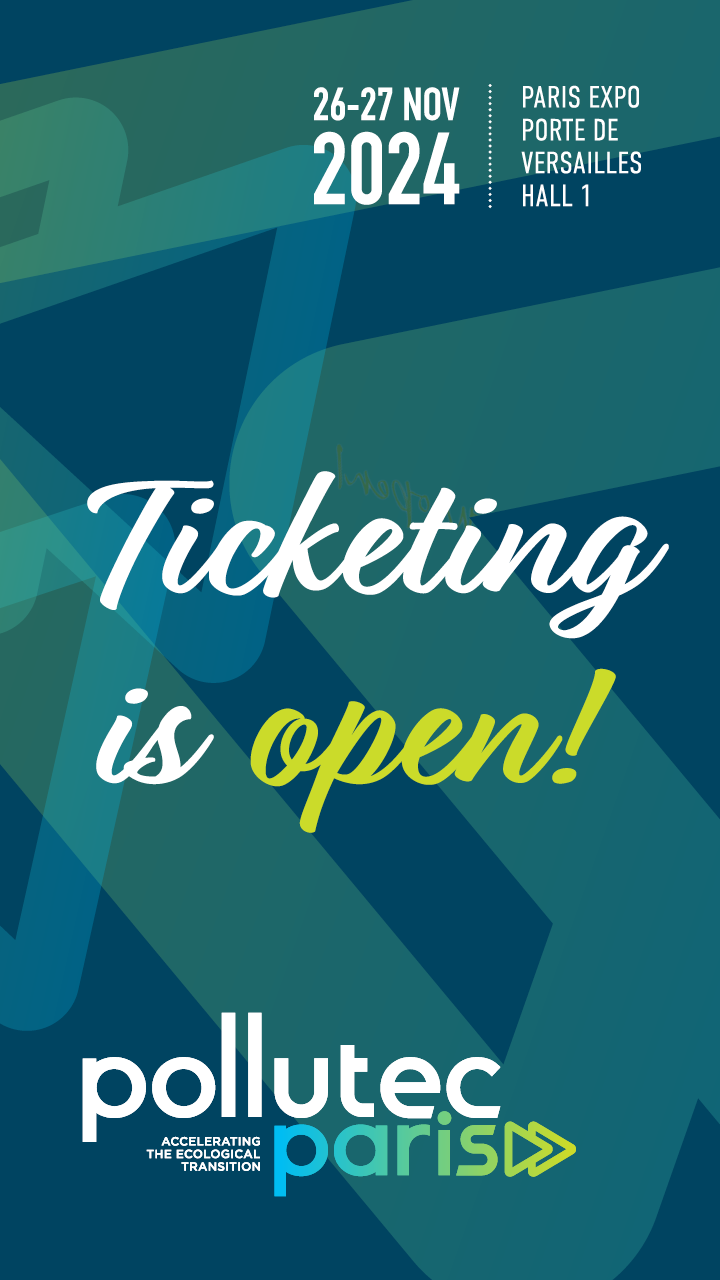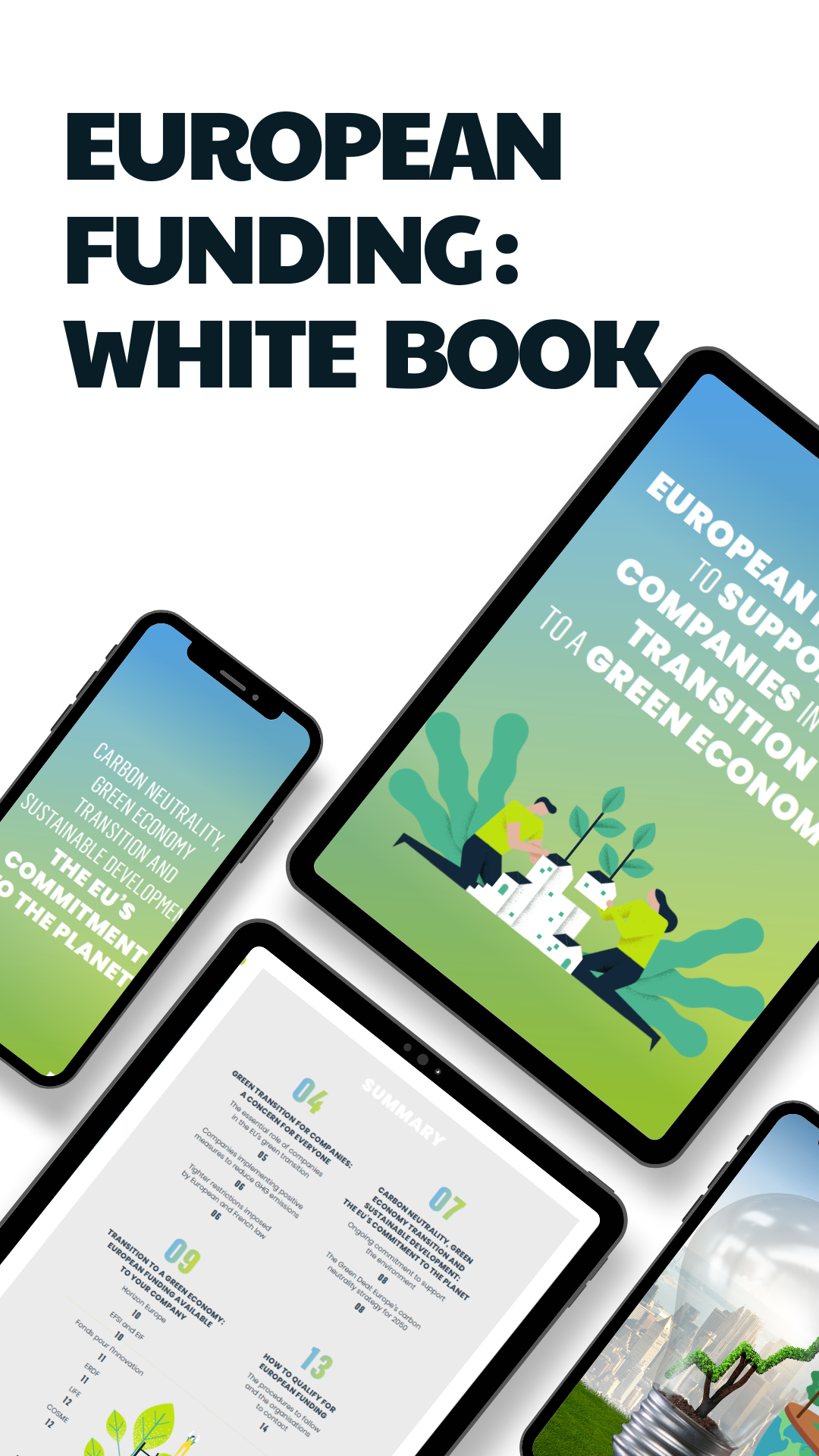Long focused on pollution detection, the market for environmental instrumentation and metrology has broadened to include other major issues such as climate change, the preservation of natural resources, the protection of biodiversity as well as health issues. It is no longer just a question of complying with regulatory or normative limit values, but also of helping to anticipate phenomena and prevent their sometimes significant consequences.
In the environmental field, the instrumentation and metrology sector covers instruments for measuring quantitative and qualitative parameters relating to air, water and soil, control systems and tools for analyzing and processing data after measurements have been collected. Measuring instruments mainly comprise sensors: physical sensors that measure physical phenomena and their variations (temperature, pressure, humidity, etc.), chemical or biological sensors that detect pollutants (heavy metals, NOx, O3, PAH, VOC, SO2, CO… for the former; bacteria, viruses and microbes for the latter). Some are coupled like the physicochemical sensors used for water or soil analysis.
In addition to these “terrestrial” solutions, the growing use of satellite measurement technologies makes it possible to obtain reliable, almost real-time data on the earth, marine and atmospheric environment. These two types of technologies are often complementary.
A decade marked by many changes
The ending decade has seen various regulatory advances. Some are still in progress, such as the revision of European directives such as WFD on water or IED on industrial emissions. It has been marked by a strong awareness of the different issues at stake (health, safety, land availability, etc.). Issues related in particular to indoor air quality or the rehabilitation of polluted soil in urban areas – ‘urban wasteland’ with all that this implies in terms of monitoring depollution – have ended up interesting the public opinion whereas they had long remained confined to specialists.
At the same time, equipment has evolved to be increasingly in line with the needs of professionals. The instruments have been miniaturized, they have become more robust, autonomous and connected to facilitate continuous in situ analyses, and their maintenance has been simplified. The technologies aimed at networking sensors have also imrpoved, allowing real-time alerts in the event of leaks or exceeding thresholds. The instruments have been adapted to measure emerging pollutants such as pharmaceutical residues, endocrine disruptors, aromatic hydrocarbons, PCBs or chemical precursors.
For example, in the field of water analysis, the improvement of technologies has focused on automation, sensor networks, continuous in-situ measurement and sampling. It is now easier to operate in environments that are difficult to access or in hostile conditions.
Interesting new perspectives
In line with recent developments, the new devices to come on the market will increasingly incorporate remote control to facilitate operations and limit travel. They will be more energy-efficient and use less fossil fuels. They will be subject to an eco-design approach, including the integration of recycling, weight reduction and packaging (for logistics/transport purposes). They will integrate trace levels of micro-pollutants and will address the issue of sample contamination. In all these areas, first examples were presented at the most recent editions of Pollutec or are being presented this year (see also box “The 2020 innovations in IMA“). This is notably the case of an IoT remote-reading solution powered by rechargeable batteries, solar sensors or micro-turbines proposed by Perax Technologies. This is also the case of the eco-designed Envea series analyzers which, being insensitive to vibrations and temperature variations, do not require air conditioning and thus have low energy consumption, and whose packaging has also been eco-designed. Another example is the Spyboat aquatic drones launched in 2014 by CT2MC, capable of performing sampling and inspection missions without contaminating the environment thanks to a sterile double hull. These various pioneer examples could become the standard in the near future.
Finally, just like the “smart city“, ongoing developments in the field of the “smart home“, which is increasingly based on real-time data analysis, will continue to offer major opportunities to the instrumentation market.
The 2020 innovations in IMA on Pollutec
The innovations presented this year in the areas of instrumentation, metrology and analysis have, for the most part, applications in the water and air sectors, but other solutions are also proposed.
IMA – Water*
Diamidex-C4Hydro: Smart meter for Legionella pneumophila in CFU/L and First smart micro colony meter
Graviflow: Gravity flowmeter adapted to all flow regimes, even variable ones
Gutermann: Fixed-station correlating noise logger with transfer of data via the NB-IoT network
Kamstrup Services: Residential water meter with acoustic leak detection
Maddalena Spa: Compact add-on radio module for long-range transmission of water metering data
Microbia Environment: Early detection of microalgae to increase their productivity
Perax Technologies: Autonomous and eco-friendly IoT solution for monitoring water networks and other isolated facilities
Siemens: Compact radar sensor for continuous level measurement of liquids, slurries and solids up to 15 meters and Coriolis multi-parameter flow transmitter for real-time data processing
Viewpoint: On-site and continuous water bio-monitoring station
IMA – Air
Chromatotec: Evolution of the analyzer dedicated to the measurement of formaldehyde and Automatic analyzer of volatile and semi-volatile organic compounds in ambient air
Dado Lab: PM2.5 and PM10 sequential dust sampler with real-time soot carbon analysis and First chromatograph for BTEX without carrier gas
Envea: First autonomous air quality monitoring station and Eco-designed, ultra-compact, intelligent and connected multi-gas analyzer
Others
Ovalie Tech: Complete software solution for industrial asset management allowing maintenance 4.0
Vivax Metrotech Sas: First underground network detector with RTK precision GPS
Wika Instruments: Process pressure gauge with LoRaWan connectivity
* Also noteworthy are two solutions from Suez: Service for the detection of disorders in sewerage networks using embedded sensors and algorithms, and a real-time digital hydrological management solution for surface water.
Did you know that?
World Metrology Day is set for May 20, in commemoration of the date of signature of the Metre Convention in 1875. Besides, it is on May 20, 2019 that the International System of Measurements (SI), revised in 2018, was implemented. From now on, “all SI units are defined using constants of nature*, which ensures the stability of the system in the future and opens the way to the use of new technologies, including quantum ones, to put the definitions into practice“.
*Planck constant for the kilogram, elementary charge for the ampere, Boltzmann constant for the kelvin, Alvogadro constant for the mole.
International Metrology Congress 2021
Scheduled for September 28-30, 2021 in Paris, the 20th IMC will give key applications to Industry 4.0, Health and Green Deal. In this context, a round table will be devoted to the contribution of metrology to achieve the new requirements in terms of industrial emissions.




